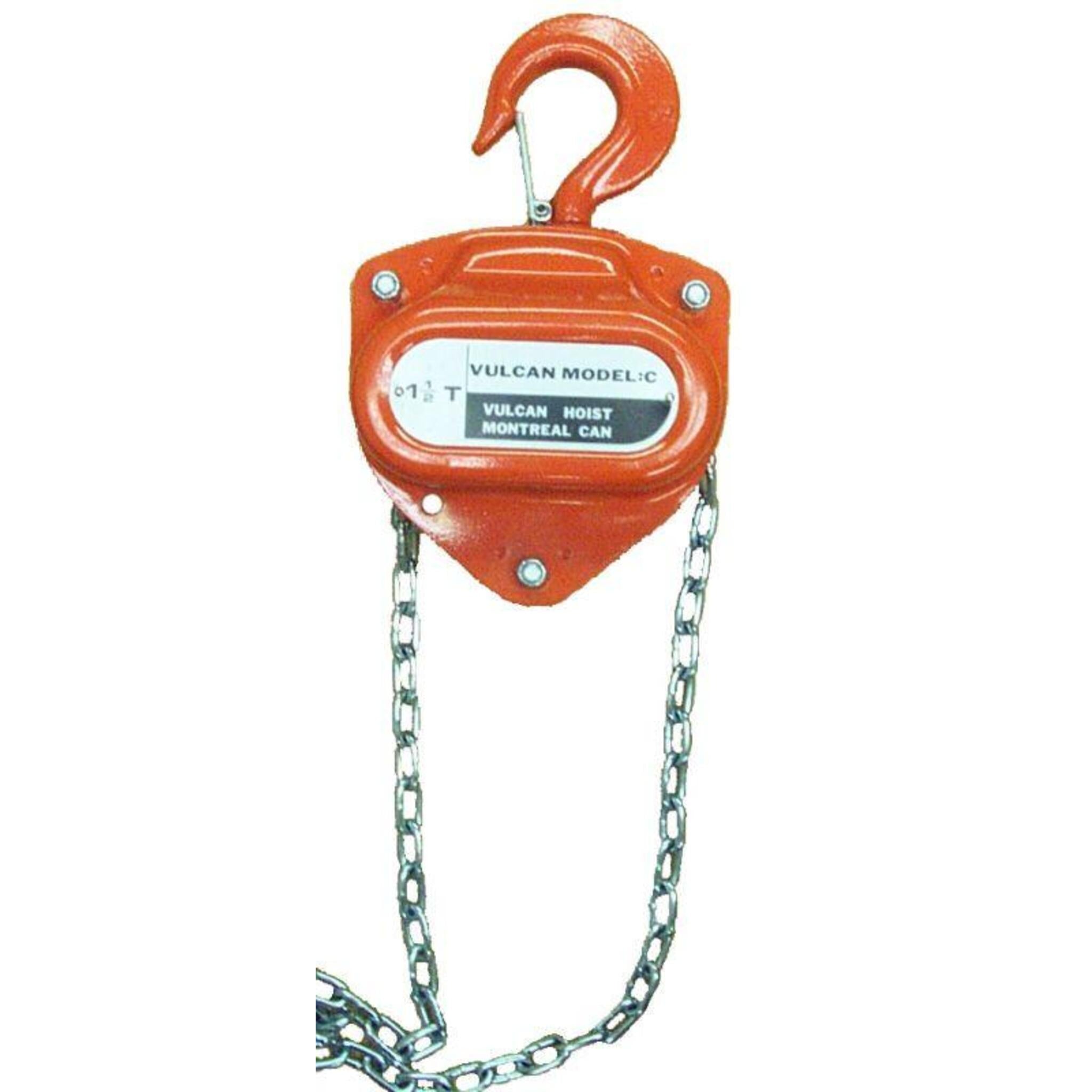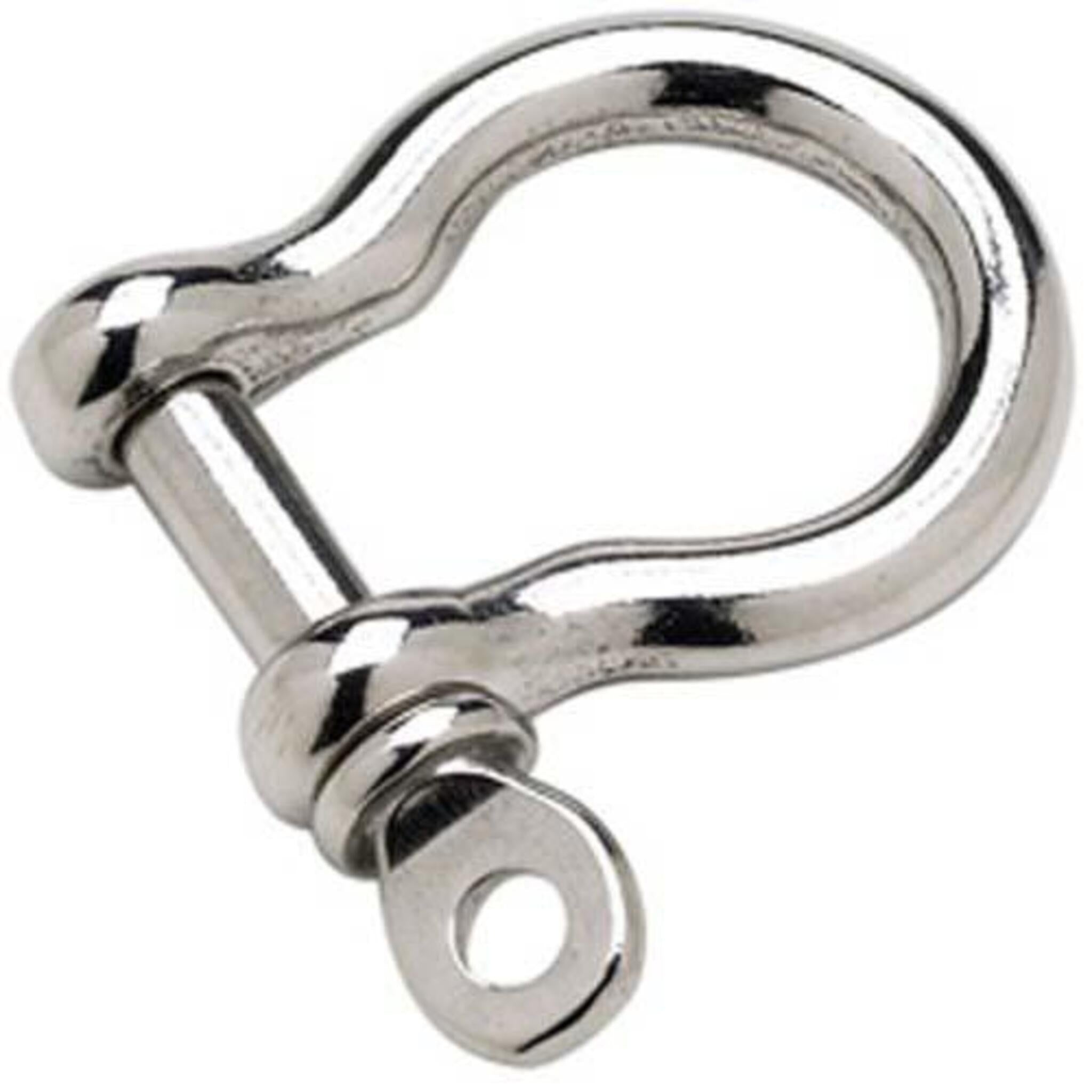Categories
- Shop All (5566)
-
-
- Hi-Vis Chainsaw Safety (14)
- Hi-Vis Coveralls and Overalls (25)
- Hi-Vis Hoodies and Shirts (49)
- Hi-Vis Jackets (35)
- Hi-Vis Pants (21)
- Hi-Vis Rain Wear (47)
- Hi-Vis Vests (51)
- Winter Hi-Vis Bombers and Parkas (26)
- Winter Hi-Vis Coveralls and Overalls (22)
- Winter Hi-Vis Hoodies (4)
- Winter Hi-Vis Pants (3)
- Winter Hi-Vis Vests (6)
-
-
-
-
- Brooms (2)
- Dust Mops (0)
- Dust Pans and Brushes (4)
- Flow Thru Tools (2)
- Microfiber Mops (0)
- Pool and Tank Tools (2)
- Scrubbers and Scrapers (1)
- Soap and Sanitizer Dispensers (0)
- Sprayers (1)
- Squeegees (1)
- Toilet Brushes and Plungers (3)
- Trash Cans & Bags (8)
- Wet Floor Signs (0)
- Wet Mops and Buckets (4)
-
- Bars and Prying Tools (21)
- Bolt Cutters and Shears (17)
- Chisels and Punches (9)
- Combination Hand Tool Sets (12)
- Extractors (13)
- Files (6)
- Gear Pullers (14)
- Hammers and Mallets (14)
- Hand Saws (22)
- Hex Keys (12)
- Layout and Distance Lasers (1)
- Marking Tools (1)
- Measuring Tools (26)
- Pliers (56)
- Precision Measuring and Testing Tools (24)
- Propane Torches (8)
- Screwdrivers and Nutdrivers (22)
- Sockets (66)
- Tap and Die Sets (11)
- Tool Boxes (27)
- Utility Knives (14)
- VDE Tools (7)
- Wire Cutters and Strippers (14)
- Wrenches (22)
-
- Beveling and Deburring (17)
- Curb and Valve Keys (20)
- Drilling and Tapping (12)
- Extended Impact Sockets (3)
- Flaring and Rerounding (7)
- General Pipe Working Tools (23)
- Guillotine Pipe Cutters (2)
- Hydrostatic Test Pumps (12)
- Internal Pipe Cutters (6)
- Manhole Testing (4)
- PE Peelers (8)
- Pipe Reamers (4)
- Pipe Threading (17)
- Pipe Wrenches (24)
- Plastic Pipe Joint Kits (4)
- Plastic Pipe Saws (5)
- Power Drive (13)
- Quick Release Cutters (15)
- Ratchet Shears (9)
- Ratcheting Wrenches (12)
- Rotary Cutters (3)
- Shut Off Tools (9)
- Soldering Torches (3)
- Vises (7)
-
- Angle Grinders (6)
- Batteries and Chargers (18)
- Bench Grinders (7)
- Circular Saws (3)
- Combo Tool Kits (10)
- Cordless Fans (6)
- Cordless Lighting (15)
- Cut Off Saws (4)
- Drills and Drivers (8)
- Grease Guns (3)
- Impact Drivers (5)
- Jobsite Radios and Speakers (8)
- Lifestyle (7)
- Mitre Saws (2)
- Reciprocating Saws (4)
-
- Angle Grinder Wheels and Brushes (23)
- Bench Grinder Wheels (7)
- Circular Saw Blades (11)
- Drill and Driver Bits (26)
- High Speed Gas Saw Blades (3)
- Holesaws (11)
- Impact Sockets (25)
- Jig Saw Blades (2)
- Oscillating Multi Tool Blades (1)
- Portable Chop Saw Blades (4)
- Power Tool Storage (5)
- Reciprocating Saw Blades (8)
-
-
-
-
- Air Fresheners (2)
- All Purpose Cleaners (19)
- Bowl and Washroom (8)
- Coffee and Breakroom (19)
- Degreasers (3)
- Dishwashing (4)
- Disinfectants and Sanitizers (1)
- Drain Openers (7)
- Hand Cleaners (9)
- Laundry Cleaners (10)
- Paper Products and Wiper Rags (24)
- Scale Removers (4)
- Urinal Pucks and Liquids (5)
- Wet Wipes (2)
-
-
- Ball Valves (13)
- Black and Galvanized Steel Fittings (16)
- Bronze Pipe Fittings and Nipples (13)
- Butterfly Valves (4)
- Check Valves (18)
- Flexible Connectors (4)
- Gate and Globe Valves (5)
- Knife Gate Valves (9)
- Pipe Fitting Accessories (4)
- Schedule 80 PVC Fittings (27)
- Stainless Steel Fittings and Valves (24)
- Victaulic Grooved Fittings (23)
Pump Lifting Equipment
15 products
Showing 1 - 15 of 15 products

What Is Pump Lifting Equipment and Why Is It Important?
Pump lifting equipment plays a vital role in many industries that rely on heavy-duty pumps for essential operations. Whether you're managing a construction site, water treatment facility, or industrial process plant, the safe and efficient handling of pumps is non-negotiable. Improper lifting methods can lead to accidents, equipment damage, and costly downtime.
Types of Pump Lifting Equipment
-
Hydraulic Jacks and Pumps
- Hydraulic jacks are widely used in industrial settings to lift heavy machinery and equipment. They typically feature lifting capacities ranging from several tons up to 30 tons. Many models come with detachable pump units, allowing for easier maintenance and reduced long-term costs. Their durability and strength make them ideal for repetitive heavy-duty lifting tasks.
-
Controlled Lifting Pumps
- Controlled lifting pumps are essential when precision and synchronization are critical, such as in large infrastructure projects. These systems enable operators to lift multiple heavy objects simultaneously without causing imbalance. They provide accurate control over pressure and movement, ensuring safe and stable operations. Their use greatly reduces the risks associated with uneven or uncontrolled lifting.
-
Cranes and Winches
- Cranes and winches are particularly effective for extracting submersible pumps from deep wells or confined spaces. They minimize the physical strain and hazards involved in manual lifting. By using mechanical force, they enhance efficiency and safety in pump retrieval operations. These tools are crucial when dealing with heavy or awkwardly positioned equipment.
Discover Pump Lifting Equipment at Our Canadian Warehouse
Flygt 13520139 Portable Pump Lifting Davit
The Flygt 13520139 Portable Pump Lifting Davit is a 77 lb, 75" tall unit designed for use with older-style 3" ID Flygt wall, floor, and recessed sockets. It has a 660 lb lifting capacity and is compatible with the Flygt Vulcan Hand Operated Hoist or select electric cable winches for removing submersible pumps from lift stations. The suspension eye is positioned 60" above ground level, and the davit can be removed and stored when not in use. It is not rated for lifting personnel.
Submersible Pump Crane
The Submersible Pump Crane is a welded steel lifting device with a 1000 lb capacity, featuring a manual hydraulic hand pump for boom adjustment, an extendable arm for precise cable positioning, and a 1000 lb hand winch. It has a 10.5" x 10.5" base that can be floor- or truck-mounted and offers 360° swivel functionality. Designed for indoor use, it is compatible with the Vulcan Model C Chain Hoist or Electric Cable Winch.
Flygt 13430006 Vulcan Model C Hand Operated Pump Lifting Chain Hoist
The Flygt 13430006 Vulcan Model C Hand Operated Pump Lifting Chain Hoist is designed for removing Flygt submersible pumps from pits using a 9/32" galvanized lifting chain. It features a plated steel hand chain, swivel top hook with safety clasp, and is typically used with the Flygt Pump Lifting Davit. The chain is fed into the hoist and operated until the pump is fully lifted, with a maximum lifting capacity of 1,650 lbs.
FAQs
1. Can I lift a submersible pump without specialized lifting gear?
Lifting a submersible pump without proper equipment is highly discouraged due to safety hazards and the risk of damaging the pump, cables, or surrounding infrastructure. Makeshift lifting methods often lack load control and stability, which can lead to accidents or pump misalignment. Always use certified lifting equipment or consult professionals to avoid costly and dangerous mistakes.
2. Are there lifting tools designed for confined or narrow pump chambers?
Yes, several pump lifting tools are designed for confined spaces, including low-clearance davit systems, compact tripod hoists, and telescopic lifting poles. These tools are engineered to offer safe lifting solutions where space is restricted, and often feature foldable legs or wall-mounted brackets to operate efficiently in tight pump chambers or vaults.
3. How often should pump lifting equipment be inspected or serviced?
Pump lifting equipment should be visually inspected before each use and undergo thorough servicing at least annually, or more frequently if used heavily. Regular inspections help detect signs of wear, corrosion, or mechanical failure. Following a maintenance schedule aligned with manufacturer guidelines ensures equipment safety, longevity, and compliance with occupational safety regulations.
4. How does the suspension eye height of the Flygt 13520139 affect lifting?
With the suspension eye 60" above ground, it provides sufficient clearance for lifting pumps directly out of standard lift station access points without obstruction.
5. What are the signs that my pump lifting equipment needs to be replaced?
Signs include visible wear such as rust, frayed cables, deformed hooks, inconsistent lifting performance, or audible noises during operation. If your equipment no longer passes safety checks or doesn’t comply with current safety standards, it's time to replace it. Regular testing and record-keeping can help track the equipment’s lifespan and signal when it’s due for replacement.





















